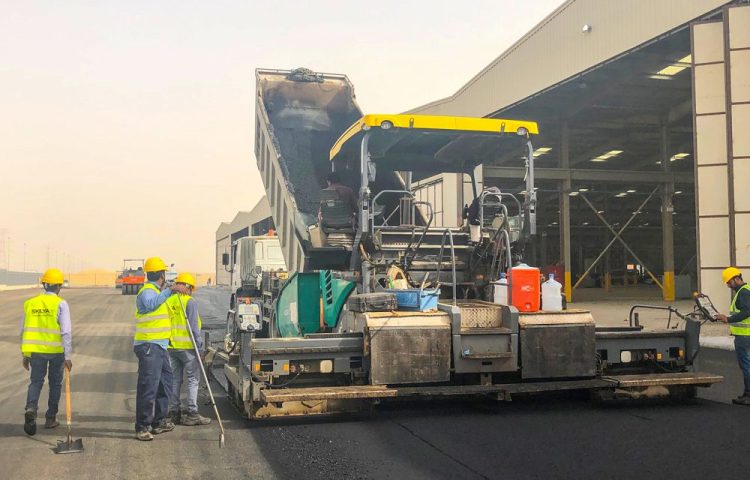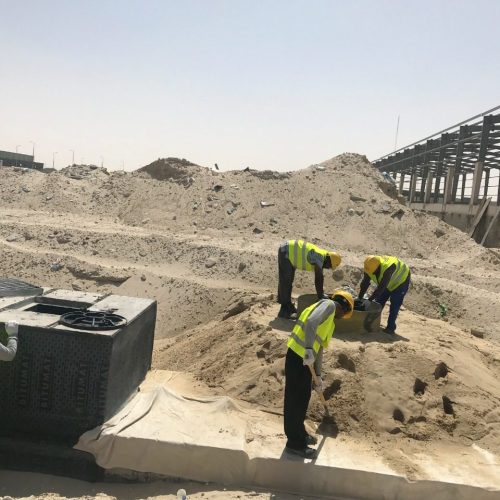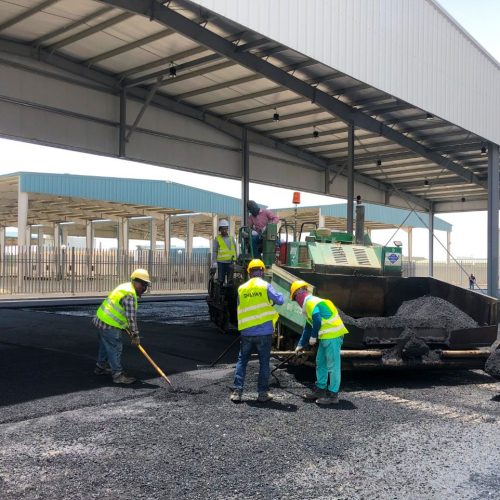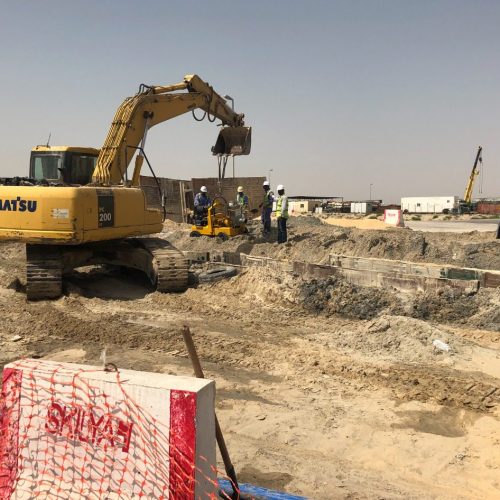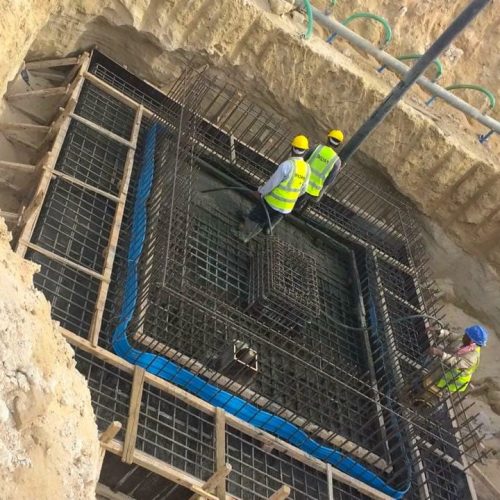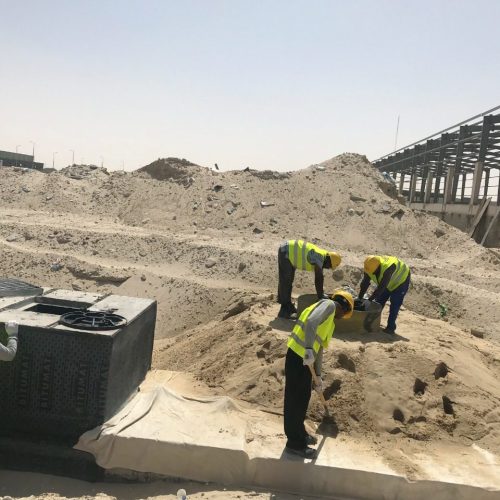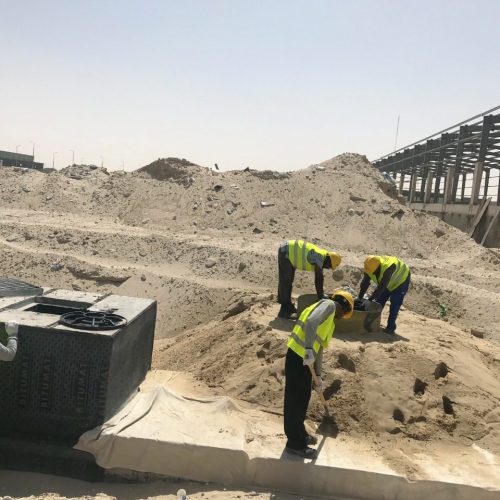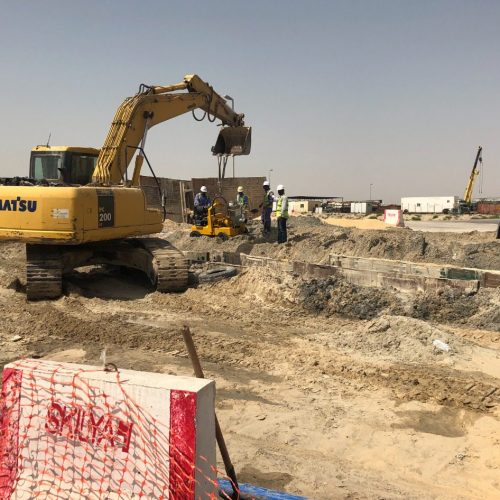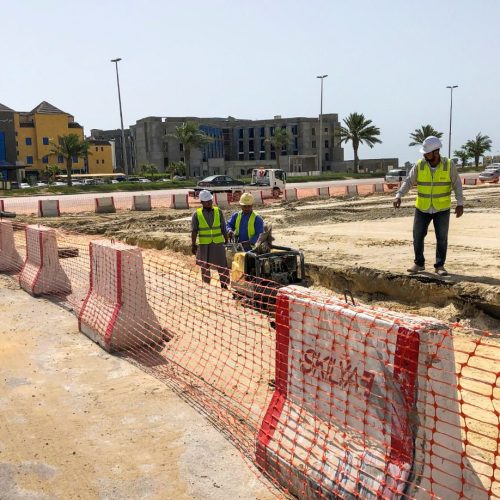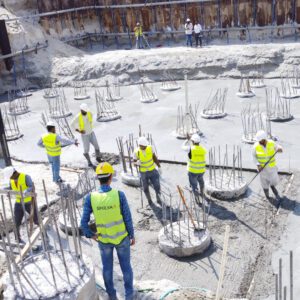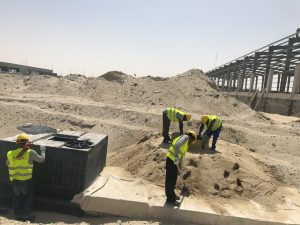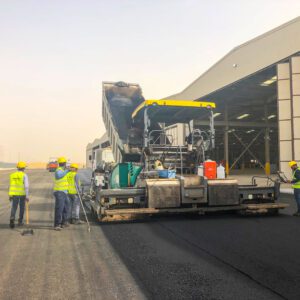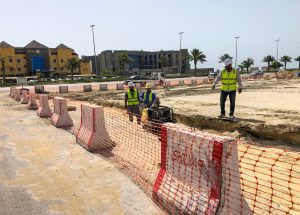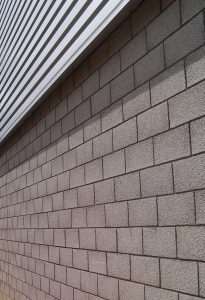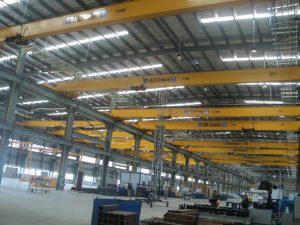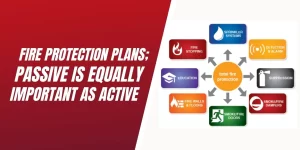Customized road construction that facilitates progress at your own pace Anytime, anywhere, we’re there for you. Our staff is here to support you in any way we can.
Our Standard is High-Quality Building
Skilya, a leading infrastructure company, has earned a solid reputation for doing high-quality work within the specified time frame and cost range by investing in the most advanced construction technology available.
In order to maintain the highest standards of quality, client happiness, and our reputation, we have invested millions of dollars in cutting-edge equipment to ensure that we can continue to provide world-class services.
Since the first roads were constructed in the Middle Bronze Age (about 4,000 BC) using stone and wood, a lot has changed in the way they are created. Early Roman roads in North Africa and Europe were paved with stone and used for military purposes.
Eventually, after analyzing road use, stone thickness, road alignment, and slope gradients, road builders figured out how to create a solid layer using a combination of smaller stones set in a regular pattern on top of larger stones.
Asphalt and concrete are common materials used in the construction of contemporary roadways.
Preparation
The usage of a profile board is a standard laying-out technique. Boards with the correct level, 1 meter above the final construction level, are spaced evenly along the planned road’s path. The levels of excavation between these profile boards are managed with the use of a profile board of constant height referred to as the traveler.
A line level, which is essentially a miniature spirit level strung along a nylon cord, is used to adjust the height of each profile board. When the bubble isn’t centered, the line operator will adjust the string’s position up or down to get it there.
The design of intersections, hammerheads, turning bays, and crossing curves are consistent.
Earthworks
The building of roads often includes a significant amount of earthwork. Removal of topsoil and vegetation is the first step in preparing a site for final “formation level” grading and scraping. A tractor with a shovel attachment, a grader, or a bulldozer is common tool for this job.
The soil below the formation level is called the “subgrade.” Before initiating earthwork, the subgrade’s strength must be evaluated.
Most earthworks are constructed using a cut-and-fill technique, which requires careful consideration of not just the physical attributes of the ‘fill’ material, but also the circumstances in which it will be utilized and the techniques of compaction.
Seepage through pavements and verges from higher land, as well as due to seasonal rise and fall of the water table, necessitates the installation of subsoil drainage.
Construction
The pavement construction may start once the subgrade has been prepared and drainage or buried services have been installed. You may get both flexible and stiff paving options. Each has its advantages and disadvantages; which one is chosen depends on the requirements of the given task at hand.
Flexible pavements may expand and contract with temperature changes and do not need expansion joints, while rigid pavements offer reduced maintenance costs, a longer design life, and stronger flexural strength.
If you want road construction services, contact Skilya and get the best contractors in town!

